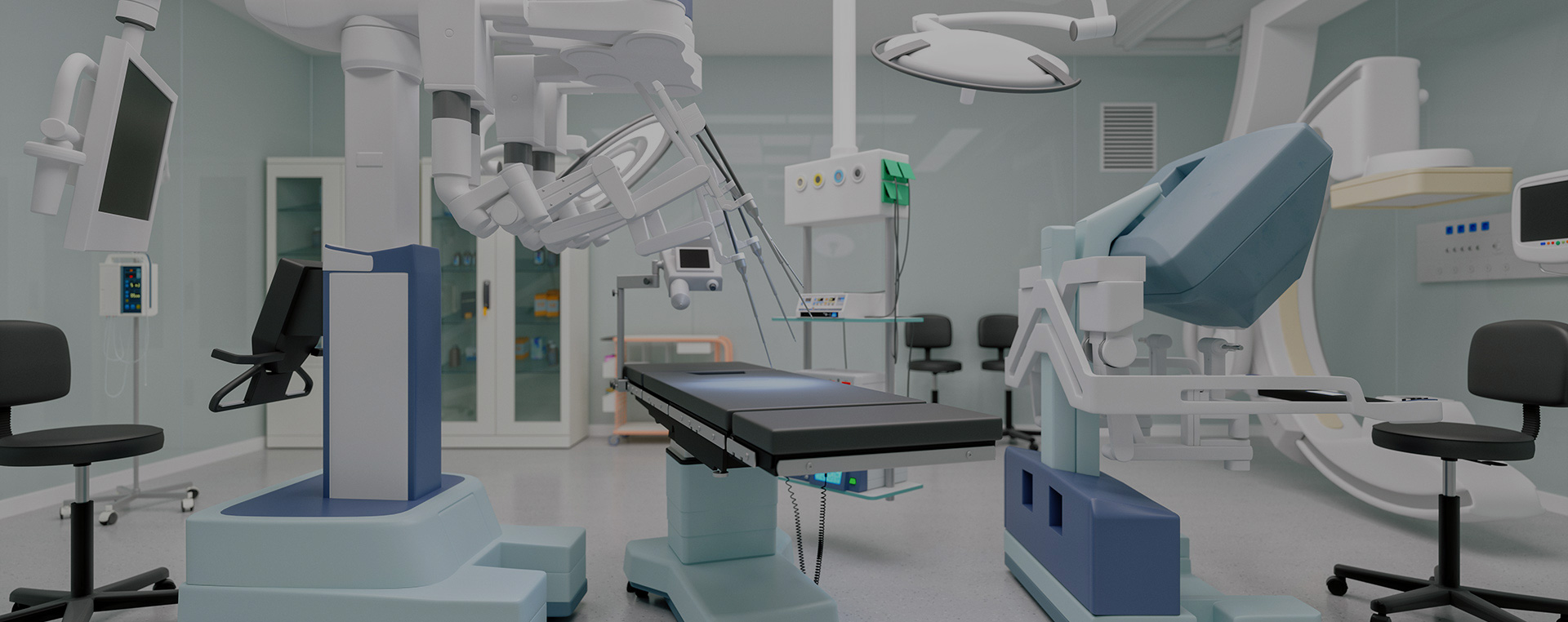Make an Appointment
Find Out if you qualify for Robotic Surgery. Schedule an assessment.
Methodist West Houston Hospital 18400 Katy Freeway, Suite 480 Medical Office Building 1 Houston, Texas 77094
Phone: 832.260.0500
Fax: 832.260.0488
Abdominal Aortic Aneurysm Repair

The aorta is the main artery from the heart to the body. An aneurysm is a weak spot that balloons out from the wall of a blood vessel—such as the aorta. If an abdominal aortic aneurysm bursts, requiring abdominal aneurysm repair, it causes internal bleeding, threatening the life of the patient, and requiring emergency surgery. Therefore, surgeons recommend repair before that happens. Conventional surgery requires approximately a week’s stay in the hospital. Dr. Miguel Gomez, founder of International Robotic Surgery Center for the Heart and Chest, performs an alternative to conventional surgery called endovascular stent grafting that allows patients to go home the day after surgery.
If an abdominal aortic aneurysm is larger than 5 cm in diameter, doctors will recommend surgery. Conventional surgery either shuts the aneurysmal portion of the vessel off from the main vessel or replaces it with a synthetic graft, which is sewn into place. Patients typically spend one or two nights in an intensive care unit and remain in the hospital for an additional five to seven days.
Less Invasive Endovascular Stent Grafting
Although many patients are not aware, more than eighty percent could be treated with less invasive endovascular stent grafting. With this procedure, the surgeon performs several tests to map the size and place of the aneurysm. He makes a small incision in the upper thigh and using a catheter, delivers the stent graft to the place where the aneurysm resides and the vessel is weak. The stent graft–a woven polyester tube (graft) covered by a tubular metal web (stent)—expands to fill and fortify the vessel. Now the blood is flowing through the stent and there’s no more pressure on the weakened part of the blood vessel.
Since stent grafting is a relatively new procedure, more frequent exams and images may be necessary if the physician feels that there is a problem with the implant. Although, this frequency and type of monitoring is generally not required after standard treatment, a patient should expect to be monitored at least once a year with imaging devices such as computed tomography (also known as a CAT scan or CT).
If you or someone you love requires abdominal aneurysm repair surgery, contact us at 713.972.7222
